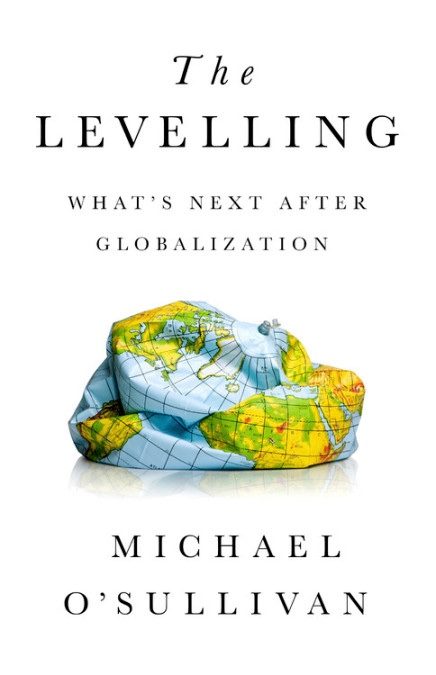
Whenever the dollar strengthens noticeably (and it has just risen to a three year high against the trade weighted basket of other major currencies) commentators usually dust off a quote from former US Treasury Secretary John Connally who, when discussing the strong dollar with visiting German politicians in 1971, said ‘its our currency, but your problem’.
Connally had an interesting career – he was seriously injured in the assassination of John Kennedy and he was responsible for breaking the link between the dollar and gold.
In his remarks to the Germans he most likely had in mind the privileged role of the dollar as the world’s reserve currency, and the reality that America’s trading partners had simply to suffer this ‘exorbitant privilege’ as Giscard D’Estaing put it.
In the context of the trade war, and America’s more singular approach to diplomacy, the recent surge in dollar strength deserves some analysis.
Since the time of Connally – the passage of globalization, the emergence of the euro and the economic rise of China – to today, the dollar has been unassailed as the world’s reserve currency. With 63% of all of the world’s trade settled in dollars, and similarly about two thirds of all the world’s debt denominated in dollars, the US is arguably far, far more powerful financially than it is militarily.
More importantly, as other sources of American power are diminishing – human development is falling, soft or diplomatic power is in recession, China is catching up in naval, missile and drone military capabilities – the dollar is America’s one remaining source of utter dominance.
One very interesting original, approach to examining the durability of dollar strength comes from Professor Barry Eichengreen, the academic authority on currencies. In a paper entitled “Mars or Mercury? The Geopolitics of International Currency Choice” written Eichengreen and with two economists at the Euro- pean Central Bank (ECB) describes two approaches to valuing currencies.
First, there is the more conventional “Mercury” approach, which gauges currency strength by analyzing variables like interest rates and currency reserves. The second approach, “Mars,” sees a currency as reflecting the standing of a country in the world—the quality of its institutions and its alliances.
Using data going back to the First World War, the paper finds that military and geopolitical alliances are a significant factor in explaining currency strength. The rationale is that a country that is geopolitically well placed is engaged with and trusted by its allies through trade and finance.
Eichengreen and his coauthors have set up a framework to capture the impact on the dollar of US diplomatic disengagement with the world. One of the main implications the “Mars or Mercury?” paper finds is that, in a scenario where the United States withdraws from the world and becomes more isolationist, its strategic allies no longer become enthusiastic buyers of US financial assets and long-term interest rates in the United States could rise by up to 1 percent because there would be fewer buyers of American government debt.
At a strategic level, what is interesting is that despite the chaos being wrought on US diplomacy and America’s diplomatic relationships – Latin America is forgotten, Europe chastised and Asia provoked – there is no sign yet that Eichengreen’s thesis is playing out. Perhaps it is too early to tell.
Perhaps it also has something to do with the fact that much of the rest of the world economy is stagnant – recent data point to the fact that Japan may be in recession and some large European economies are flirting with it. This, and the overeager activism of the Fed make dollar denominated assets attractive keeps the dollar bid. At the same time this draws capital out of emerging economies, a trend manifest in the weakness of emerging market currencies.
In the long run, there are maybe four factors to watch that could make inroads into the dollar’s dominance of finance.
The first two will only become evidence in the aftermath of the next recession, whenever that is. One is the ability of the euro-zone to prove that its financial system can stand up to another downturn (in many ways it is less indebted than the US and China) and grow its economy.
The other, is similarly the financial shape China finds itself in after a period of negative growth, and the kind of steps it takes to build out its financial markets (such as deepening of its bond market and developing its pension system). If it can do so in a way that encourages liquidity and transparency then the share of Chinese assets in international (and Chinese) portfolios will rise significantly, drawing capital out of the dollar.
There are two other wildcards. Should the US continue to disenchant its allies, neighbours and trading partners then the Eichengreen hypothesis will play out, with the Middle East, India and parts of Latin America prone to diversify their currency reserves.
Then finally, the prospect that central banks may someday introduce digital currencies. This may shake up financial flows, central bank reserves and economic structures, and in turn, might shake the dollar. But, not yet.
Have a great week ahead,
Mike
